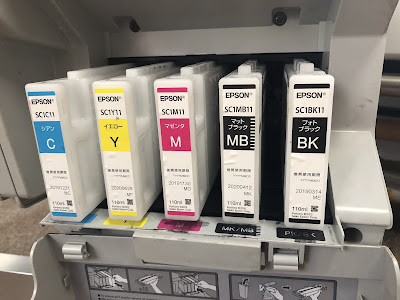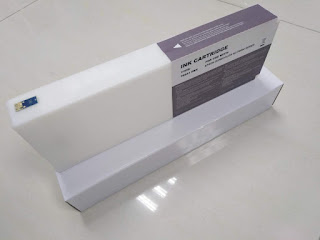Misuse of inkjet printer cartridges
Myth 1: Printer cartridges can add ink without restriction.
First of all, the sponge in the ink cartridge has a certain life. When the sponge repeatedly repeats the process of "absorbing-releasing" the ink or after using for a certain period of time, the ink absorption capacity of the sponge will be reduced, so that the ink is filled into the ink cartridge. The ink will not be completely absorbed by the sponge, and the pressure of the ink in the ink cartridge on the nozzle portion will become large, causing the ink to flow out of the printhead. This is why many people complain that the amount of ink printed is not as good as the original ink.Secondly, between the inkjet printer cartridge and the ink inlet of the printhead, a rubber sealing ring is used to ensure the sealing of the ink cartridge and the nozzle, so as to ensure that the ink cannot leak out. Long-term use or multiple extraction of the ink cartridge will cause the seal to age and the sealing effect will be deteriorated, causing the ink to ooze out from the joint. This will cause the ink to accumulate on the printhead and mix, resulting in the color mixing of the bottom ink. The direct result is printing. When the artwork is discolored, you need to print multiple artwork to restore the color.
Third, no matter how good the ink is filled, some impurities or dust are brought into the inside of the ink cartridge after multiple fillings. The dust will be carried to and adsorbed on the filter screen of the ink cartridge as the ink flows. As the dust increases, the filter screen of the ink cartridge will be clogged, causing the ink to flow poorly, causing problems such as disconnection during printing.
Myth 2: The printer wastes ink and is super-capacited.
In fact, the waste ink of the maintenance program is cleared only by the waste ink counter in the printer, and the waste ink generated by the printer due to printhead cleaning, power-on self-test, etc. still exists. If we just clear the waste ink counter without cleaning the printer waste ink pad, the waste ink in the waste ink pad will continue to increase as the printer continues to work. Once the waste ink pad of the printer is filled with waste ink, the waste ink may flow out.If these waste inks flow to the printer's power board or control board, it will cause a short circuit on the board, causing damage to the printer. Even if the waste ink does not overflow, when the printer wastes excess ink, the vapor volatilized by the waste ink pad may cause damage to the printer circuit board, the action mechanism, and even the printhead.




评论
发表评论